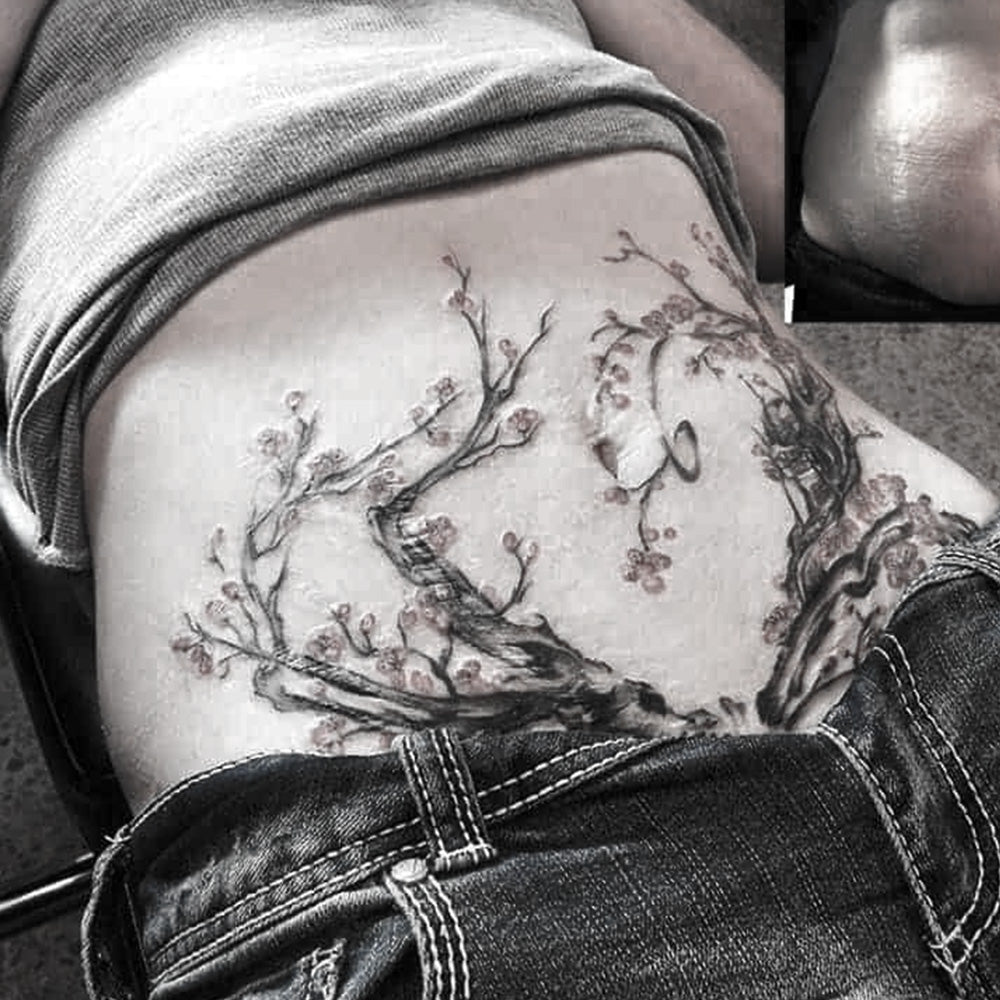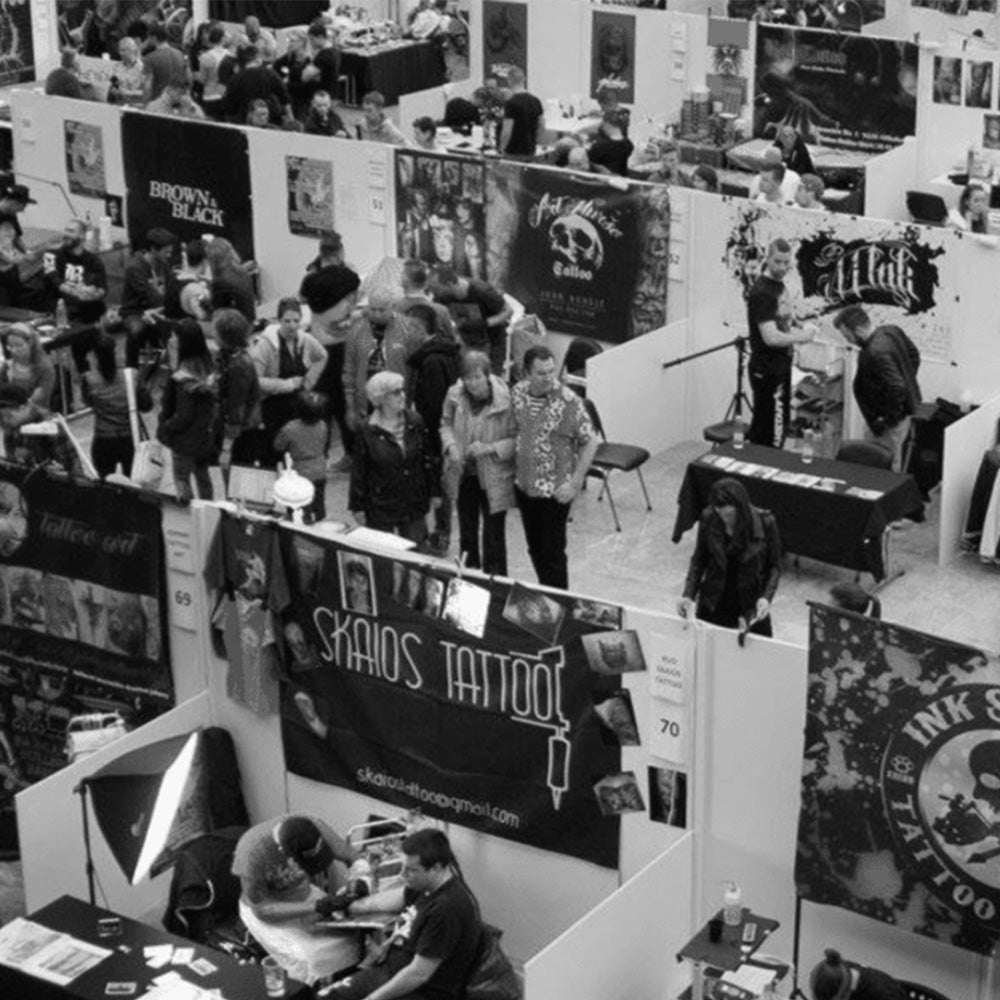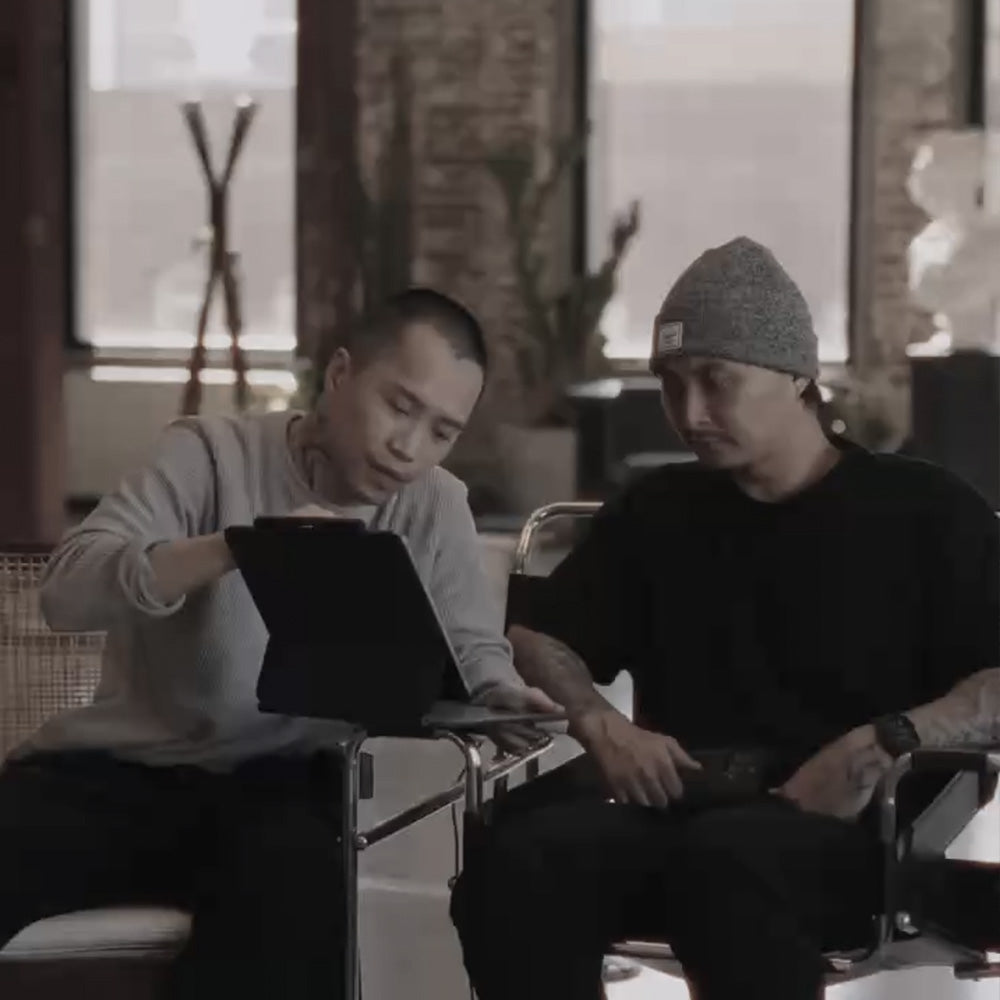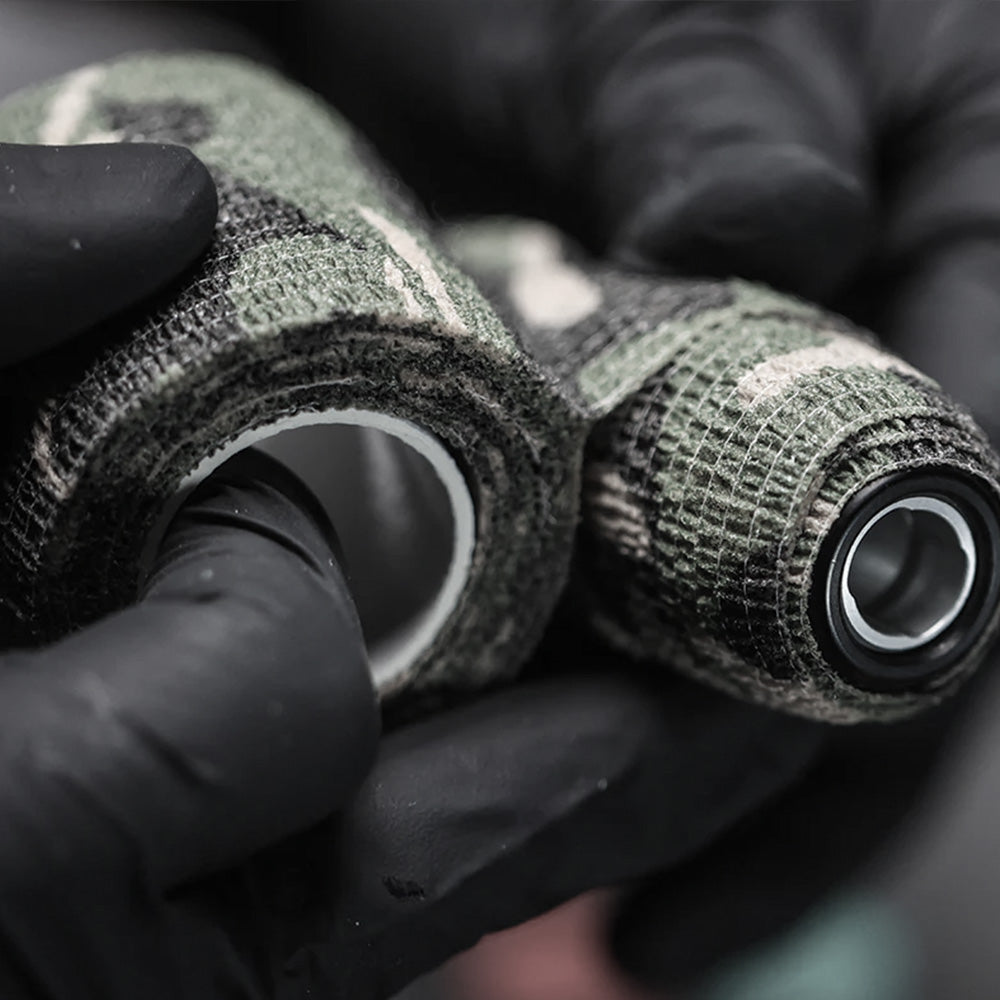How To Use The Single Needle Tattoo
You're halfway through an single needle piece when the line starts skipping, the needle wobbles, or stops depositing ink altogether. Your client is watching, your reputation is on the line, and what should be your finest work becomes a struggle against unreliable equipment.
Single needle tattooing represents precision artistry, but it's also the most technically demanding technique in tattooing.

Understanding Single Needle Tattoos
Single needle tattoos use one ultra-fine needle (1RL) to create the thinnest possible lines in tattooing, producing delicate, minimalist designs that resemble fine pen drawings on skin.
Key Characteristics:
Creates lines as thin as 0.25mm
Popular for botanical, script, geometric patterns
Requires exceptional hand control
Growing demand for fine line work

Proper Single Needle Technique
Tattoo machine Setup
Voltage: Start low (4-6V) and adjust gradually
Needle Depth: Shallow penetration (1-1.5mm)
Speed: Moderate, consistent pace
Application Process
Perfect skin stretch - any looseness causes inconsistent lines
Use arm movement, not wrist flexion
Light, even pressure throughout stroke
Single pass technique - avoid multiple passes

Common Single Needle Problems and Solutions
1. Line Skipping and Inconsistent Ink Flow
Problem: Lines appear broken or fade mid-stroke. Solutions: Reload ink every 2-3cm, maintain consistent depth, check needle sharpness and the voltage.
2. Needle Wobble and Instability
Problem: Lines appear shaky despite steady technique. Solutions: Check cartridge seating, verify needle isn't bent, adjust machine voltage.
3. Excessive Skin Trauma
Problem: More bleeding than expected with single needle. Solutions: Reduce pressure, adjust needle depth, perfect first-pass placement.
4. Poor Line Healing and Blowouts
Problem: Fine lines blur during healing. Solutions: Practice shallow penetration, avoid overworking, provide detailed aftercare instructions.
5. Hand Fatigue and Inconsistent Results
Problem: Hand cramping leads to declining quality. Solutions: Take regular breaks, relax grip, use equipment designed for fine line efficiency.

YES Needle Single Needle: Engineered for Fine Line Excellence
YES Needle revolutionized single needle technology by addressing every common problem plaguing fine line tattoo artists.
Precision Engineering
Ultra-Stable Design: Proprietary tip geometry eliminates needle wobble through precision manufacturing tolerances.
Optimized Ink Flow: Specially designed groove patterns ensure consistent ink retention and smooth flow.
Surgical Sharpness: Each needle undergoes specialized sharpening creating ultra-sharp points that penetrate effortlessly.
Professional Benefits
Reduced Fatigue: Smooth operation requires less pressure, allowing longer sessions without quality decline.
Consistent Results: Manufacturing precision ensures every needle performs identically.
Enhanced Control: Superior tip design provides better tactile feedback, improving line quality.
Bottom Line:
Single needle tattooing demands perfection from both tattoo artists and tattoo equipment. YES Needle single needles eliminate technical obstacles, allowing artists to focus entirely on creating exceptional fine line artwork.




